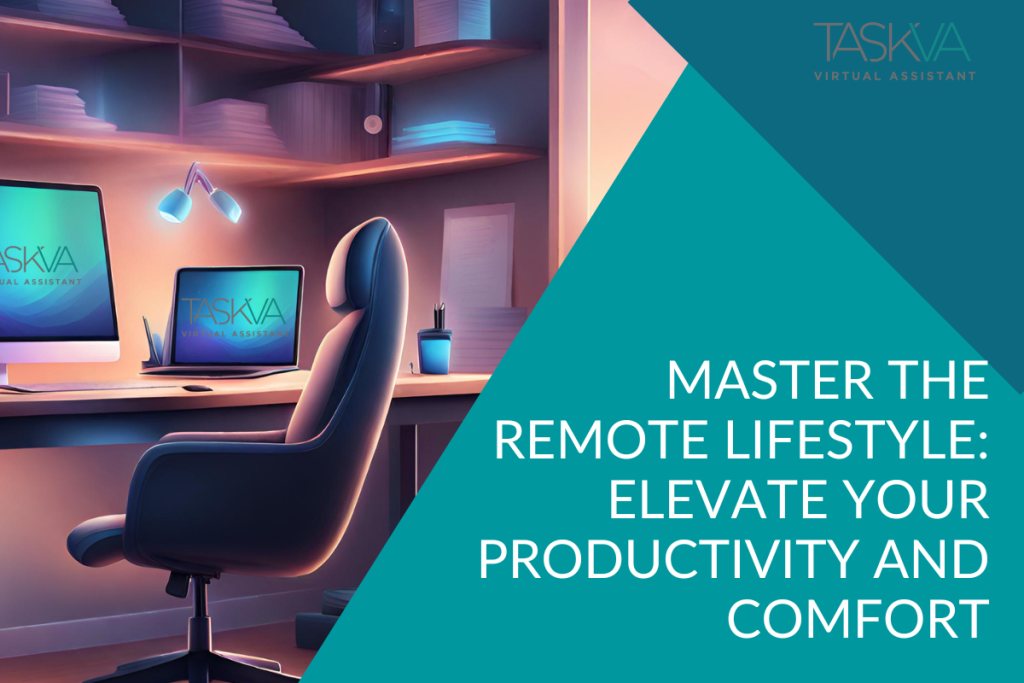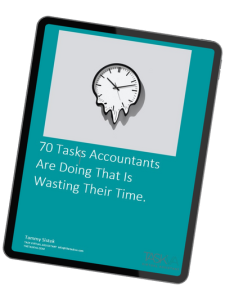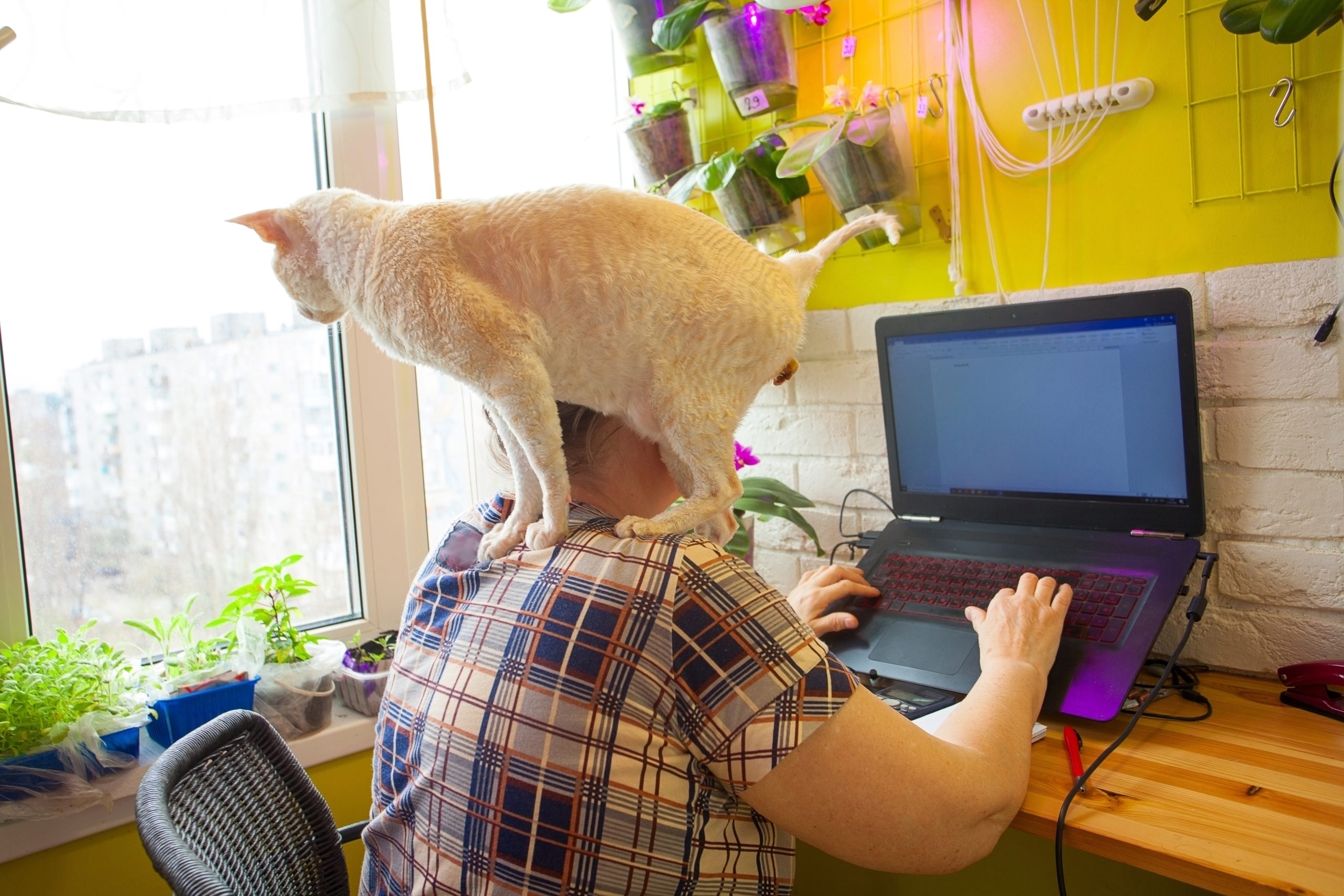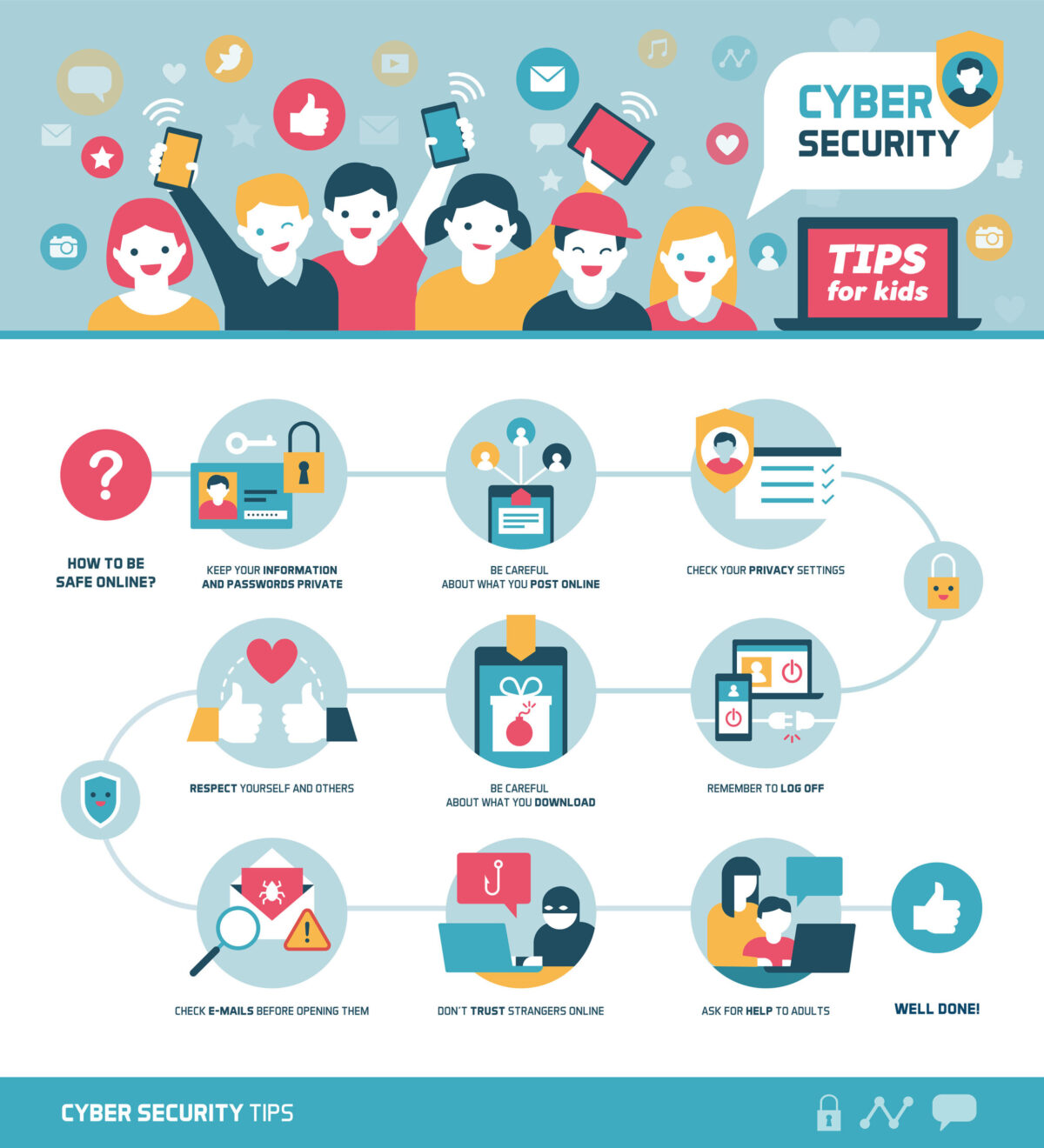Do you find yourself waiting until the last minute to finish that project? Have you ever pushed a task to the back burner and found other things to do instead, knowing that you need to get that one task done? I know I have and do. As a matter of fact, here I am, late on Sunday night, writing this to make sure it gets to your inbox by 8:00 am. Poor time management? No, it’s just procrastination, plain and simple.
Procrastination is an issue that many people use to put off doing something that they don’t want to do, or maybe they just don’t know how to start. And it is a destroyer of any time management system you may have in place.
People who procrastinate know that they must do something before a deadline but wait until the last moment to do it if they do it at all.
Types of Procrastinators
The six most common types of procrastinators all have various reasons for putting things off, but they are very different. You may find that you identify with more than one type because, for some people, it depends on the task they must do to determine the type of procrastination they practice.
One step in recognizing, halting, and turning around your procrastination habits is to identify the type of procrastination you’re experiencing for each task that you’re putting off. Once you do that, you can often find a way to halt that pattern and even change it to increase productivity.
The Perfectionist
If you have an article or speech due, do you find yourself writing, and rewriting, and rewriting, and rewriting? When you’re getting ready to go somewhere, do you find yourself messing with your hair so much, it ends up a disaster and you have to pull it back in a ponytail? It might feel good to say, “I’m a perfectionist,” but the truth is a lot less flattering. Whenever I was asked “what are your strengths” in an interview, I would tell them my strength is my weakness. I am a perfectionist. In my mind, this is a good thing as I want to make sure the work I am putting out there is my very best. But being a perfectionist is not only a time-waster, it’s procrastinating.
You may often feel as if you’re not good enough, you may even have imposter syndrome adding to the problem you’re experiencing. Perfectionists tend to put things off until the last minute, or may not even try because they cannot live up to the expectations that they’ve set for themselves.
To stop this type of procrastination, it’s crucial to learn to make realistic goals so that you can meet your own expectations.
The Idealist
This procrastinator will spend their time planning and organizing without getting results. Their plan is not realistic because they don’t think of the roadblocks and obstacles that might get in their way. The moment something goes awry, they give up.
This idealist also likes to think they need a muse, or the right emotion, or the perfect space, to do the work they need to do. They will put off getting started until everything is set just right.
To stop this type of procrastination, make solid, concrete goals, that are both challenging and realistic, but broken down into achievable easy to do steps.
The Worrywart
This type of procrastinator is very negative, all doom and gloom. They may suffer from general anxiety disorder. The worrywart turns everything into a tragic catastrophe and often have tons of drama going on. They are often resistant to change and tend to fear anything new or different or unfamiliar.
To stop this type of procrastination, first, determine if medical treatment is necessary for a general anxiety disorder. Then look strategically at a task or project, and plan for all possibilities. It is essential to accept that getting caught up in so many “what if” scenarios isn’t the real problem. When the circular thoughts get out of control, take it a step farther, and plan for those possibilities.
The Adrenaline Drama
Many people claim that they work better during a crisis and with deadlines. This type of procrastination means that the person may enjoy the adrenaline rush that accompanies the drama of putting things off until the last moment.
Often this person will say that they always do their best work under pressure. I’m one of those. I think I do my best work under pressure. Sadly, this is seen as a good thing by society. Tragically, it’s a lie. Even if you’ve done your best, and the work is good, at the last minute, you can always do better when you give yourself enough time.
To stop this type of procrastination, realize that choosing to do things at the last moment is a choice you’re making, not something you have to do. Reward yourself for setting up the project in advance and working on it a little at a time.
The Rebel
Many people who suffer from this type of procrastination simply hate deadlines, authority, and all expectations from others. They think of themselves as a free spirit.
The hallmark of this type of procrastination is that the person is overt about doing things their own way, including reinventing the wheel if they deem it necessary.
To stop this type of procrastination, understand that you do have choices, even when under someone else’s authority, such as with work, school, or even as an independent contractor with clients. Avoiding deadlines isn’t going to lead to success.
The People Pleaser
Many people are procrastinators only due to being overworked. They’ve overscheduled themselves to the point of overwhelm and then tend to miss deadlines or just not do anything because it’s so much, they don’t know where to start.
This type of person often does not know how to say no. They think they can do everything, yet they cannot. They don’t know how to set the right type of boundaries.
To stop this type of procrastination, you must learn to do is say no. Start saying no or at least, “let me check my calendar” before saying yes. It’s okay to have free time for yourself and to do the things you do well in the time necessary and set by you.
Regardless if you are experiencing one type or a combination of the types of procrastination, it’s important to identify when it’s happening. Once you name the type and your reasons, then you’ll be able to reverse it.
Are You Procrastinating?
We’ve all done it. You know you need to get out of bed, but you keep pushing the snooze button. You need to study for a test but suddenly want to clean the fridge. You need to write 5000 words for your book, but you surf the internet instead. You need to catch up on your bookkeeping, but you clean your email instead.
The list goes on and on. You may not know it, but you’re procrastinating. Let’s look at some signs that may help you figure out when you’re procrastinating. Being mindful of your thoughts and feelings is an excellent start to stopping procrastination habits.
- You Have Negative Thoughts About the Task – Break down the work into smaller chunks and give yourself a tighter deadline to ward off the downward spiral of negative thinking.
- You Find Things to Do Other Than What Needs to Be Done – Force yourself to start the task and stick to it. Add the other things like the dishes, cleaning the baseboards, or other busy tasks that don’t have deadlines looming, to your to-do list in order of importance so you can see for yourself that it can wait.
- You Do Mindless Things Instead of What You Need to Do – This is classic procrastination. You find yourself spending four hours playing Words with Friends or other games, or mindlessly watching videos of cute puppies when you have something else to do. To limit this, set break timers. For example, take 15 minutes to check your Facebook. If you need more time, then schedule it for the end of the day, when you’ve completed your tasks.
- You Avoid Seeing or Thinking About What You Need to Do – Keeping your “head in the sand” is not a positive or effective tactic for dealing with things. If you find yourself avoiding a task, especially if it’s important, like paying quarterly taxes, understand that by avoiding it you’re making a choice and it may have consequences.
- You Keep Waiting for The Right Time That Never Comes – The right time will never come. Set up concrete steps that can help you realize your dreams, and implement them.
- You Downgrade the Importance of The Thing – You have already determined the importance and priority of your tasks when you added them to your list. If you start making excuses or decide it isn’t important to do when you decided, you need to look at your overall objectives and re-do your task list accordingly.
- You Keep Learning Instead of Implementing What You’ve Learned – The “professional student”. You like learning about things, but not so great at implementing. Learning is never a bad thing, but you need to set a goal to put what you’ve learned into practice. If you learn about marketing funnels but never do them, you’re never going to experience the benefits.
- You Keep Making Yourself Busy – You know the person who is always busy but never seems to accomplish much. If that’s you, you’re always cleaning, but your house is always a mess. You’re always working, but you never finish anything you start because you’re always starting new projects, at the same time. To stop this, pick one thing to complete before saying yes again.
Tips to Stop Procrastination
Now that you know how to recognize the different types of procrastination that may be affecting your productivity and causing you to waste time, let’s talk about ways to stop putting things off and start managing your time.
Set SMART Goals
Set goals that are specific, measurable, attainable, realistic, and time-dependent.
An example of a smart goal:
“I will finish writing my 80,000-word (specific) romance novel by December 20th, 2020 (timely) by writing 2000 words (realistic) a day five days a week, (measurable) Monday – Friday writing from 2 pm until 4 pm each day.” (attainable)
Plan Your Task List
Start with a planner and enter long-term and short-term planning that covers yearly, monthly, weekly, and daily planning. As you create your long- and short-term planning, you will start to identify potential roadblocks and will be able to plan actions to take in advance.
You can also take this time to determine which are urgent and important and must be completed by you, and which you might want to delegate or outsource.
Break Big Tasks Down
When you are being specific about your goals, remember that any big goals need to be broken down into smaller tasks. For example, if you are working on household organization and minimizing the things you have, don’t plan to do it all in one day. Instead, break it down to small daily tasks that will, over the course of the year, add up to an organized and decluttered home.
Develop Positive Habits
The best way to ensure that you end procrastination entirely is to replace your bad habits with good habits. For example, if you tend to press the snooze button each morning, move the alarm to a point where you cannot touch it or turn it off with your voice without fully getting up. If you tend to put off getting in your 10K steps, do that first thing instead of later. If you are always looking at the negative side of things, then come up with three positive thoughts each time you have a negative thought.
Visualize What Being Done Looks Like
One thing that can really help if you are a procrastinator is to practice visualizing what is being done and what it feels like to do that in the timeline given to the best of your ability. Don’t let that push you into perfectionism. Remember, perfection doesn’t exist and never will.
Ask Yourself: What’s the Worst That Can Happen?
One way to stop procrastination is to ask yourself what is the very worst that can happen. Go ahead and think about it. The trick here is to be realistic in your analysis of what the worst is that can happen. Say your biggest fear out loud, adjust your goal to account for possibilities, and move forward anyway.
Reward Yourself for a Job Done
Reward yourself when you succeed. Most people who set up and follow a plan overcome procrastination and become more productive. why not give yourself a reward for doing it?
Stopping procrastination requires that you first recognize it, and then accept that you’re doing it, and then make plans to stop doing it. Once you realize you’re procrastinating, you can figure out how to work around it and get the task done.
I hope you have enjoyed this four-part mini-series on Time Management as much as I enjoyed putting it together. I gave you a lot of thought-provoking information as well as tips to help you manage your time. To further help you, I have created a workbook you can use to help identify your time vampires, sets goals, and make a plan. The download link is below.
Use the workbook along with the other guides in this series to take control and manage your time.
Part I – What Is Your Time Vampire
Part II – 12 Steps to Vanquish Your Time Vampires
Part III – Improve Focus and Productivity for Better Time Management
Part IV – The Truth About Procrastinating























 When you think of a successful CEO, do you wonder how they make it look so easy? How did they get where they are? It almost seems a fantasy that someone can run a company, spend time with family, exercise every day, yet still manage to enjoy their hobbies as well, such as writing a book, or building a boat. You know the kind of person we’re talking about because there are loads of these successful people out there. Do you want to know how they do it? What is their secret formula?
When you think of a successful CEO, do you wonder how they make it look so easy? How did they get where they are? It almost seems a fantasy that someone can run a company, spend time with family, exercise every day, yet still manage to enjoy their hobbies as well, such as writing a book, or building a boat. You know the kind of person we’re talking about because there are loads of these successful people out there. Do you want to know how they do it? What is their secret formula? Steve Jobs wore the same outfit every day so that he didn’t have to mull over a bunch of wardrobe options every morning. Barack Obama limits his outfits to gray or blue suits. Nick Taranto used to only wear shoes without laces, so he didn’t have to tie them. Keep a diary of all your repetitive daily tasks; which ones require a decision or take a little time? Can you narrow the choices down, or eliminate altogether? You may think that trivial decisions only take seconds away from your time, but those are seconds you’ll never get back.
Steve Jobs wore the same outfit every day so that he didn’t have to mull over a bunch of wardrobe options every morning. Barack Obama limits his outfits to gray or blue suits. Nick Taranto used to only wear shoes without laces, so he didn’t have to tie them. Keep a diary of all your repetitive daily tasks; which ones require a decision or take a little time? Can you narrow the choices down, or eliminate altogether? You may think that trivial decisions only take seconds away from your time, but those are seconds you’ll never get back. They are almost always a waste of time. Most things can be handled via email today, but if you really need to schedule a meeting, have a streamlined agenda and a time limit for the meeting – and stick to it! Otherwise, migrate your meetings to an email chain or work chat platform like
They are almost always a waste of time. Most things can be handled via email today, but if you really need to schedule a meeting, have a streamlined agenda and a time limit for the meeting – and stick to it! Otherwise, migrate your meetings to an email chain or work chat platform like  This sounds like a no-brainer, but you’d be surprised at how much time is wasted unnecessarily. If you’re waiting in line, check off some of your task items, or when you’re driving, listen to a podcast or audiobook that will teach you something new to implement into your life. To put it simply, train your brain to always be productive.
This sounds like a no-brainer, but you’d be surprised at how much time is wasted unnecessarily. If you’re waiting in line, check off some of your task items, or when you’re driving, listen to a podcast or audiobook that will teach you something new to implement into your life. To put it simply, train your brain to always be productive. 